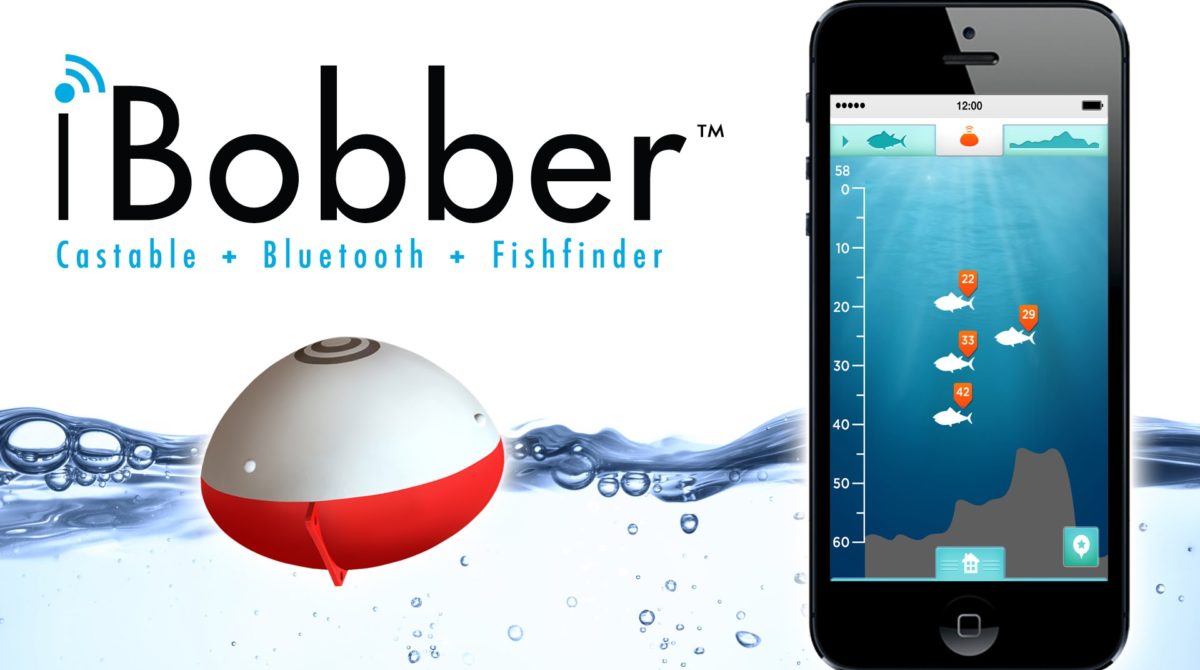
Modern sonar processing electronics along with ultra sensitive sensors detect marine life using sound wave emitters that bounce off objects to generate a digital map products is in the river. How does the fishfinder tell the fish from the rocks? If you fill several glasses of the identical size with various numbers of water then “ping” the glass with your thumb and forefinger, the glasses make different sounds or tones, according to the level of water within them. This is much like the way a Lowrance fishfinder distinguishes different objects; the regularity from the signal created if the object is struck from the sonar wave will help know what kind of object it is. This is an evolving science. As we get more info, and improve existing technologies, you could start to see the accuracy of object detection improve over time.
Marine electronics are gadgets which are designed specifically for use in marine environments. Even a drop of salty water can damage an electronic digital gadget. This is why they are generally waterproof or waterproof. These electronics are popular on yachts and ships. One marine electronic gadget that is needed for every vessel is really a Boat GPS. GPS stands for global positioning system unit. It is often a navigational system guided by satellites. A boat GPS can advise you where by you are and will help you to get for a desired destination. If you have a spead boat GPS you will never go missing cruising.
Also made by Garmin would be the VHF 300 AIS, VHF 300 and VHF 200. The 300 AIS is made for 35 foot or larger boats and monitors all AIS (automatic identification system) channels simultaneously, ensuring you don’t ever miss a transmission. Also available may be the AIS 600 transceiver. It is a devise that provides you the capacity to transmit and receive vessel information back and forth from other AIS receivers in your town.
There are five full size Lowrance fish finders available. The X136DF is often a dual frequency (50/200 kHz) sonar with depth penetration to 2500 feet. The X135 is often a single frequency fish finder (200kHz) with a five inch square screen with monochrome 480 x 480 resolution. It is able to reading as much as 1000 feet deep. Lowrance’s X136DF is dual frequency sonar with good resolution monochrome display that reads up to 1700 feet of depth penetration. The X125 sonar that reads as deep as 900 feet, works at 200kHz frequency and possesses a monochrome display of five inches. in addition, the X96 is really a sonar with monochrome five inch screen with 320 x 320 resolution and 1500 watts peak to peak power, working at 200kHz.
Next in line is the Humminbird 130 portable fish finder with a MSRP of $219.99. What do you get for just one more fifty bucks? An even higher resolution screen, 16-level vs 8-level grayscale as well as a 24-40 inch telescoping transducer pole as opposed to the 24 inch fixed pole for the two previous lower models. The transducer extension will probably be especially ideal for those who prefer to use their fish finder on different sized boats, canoes or float tubes.
